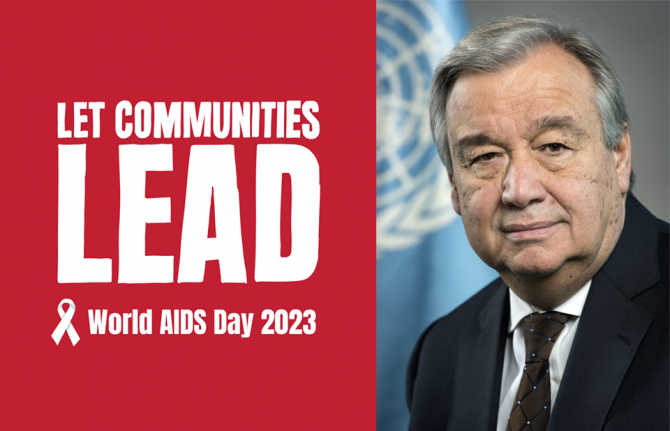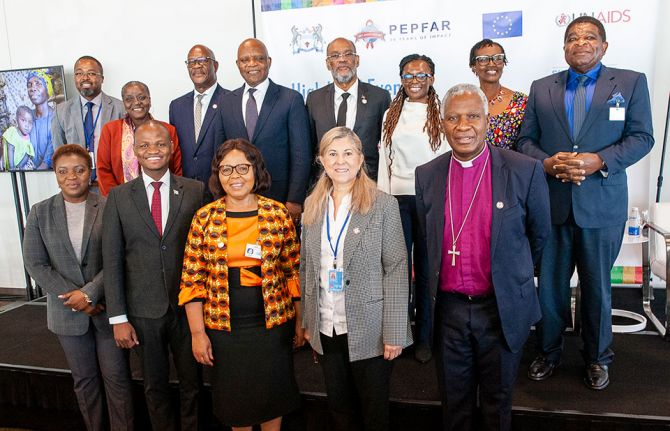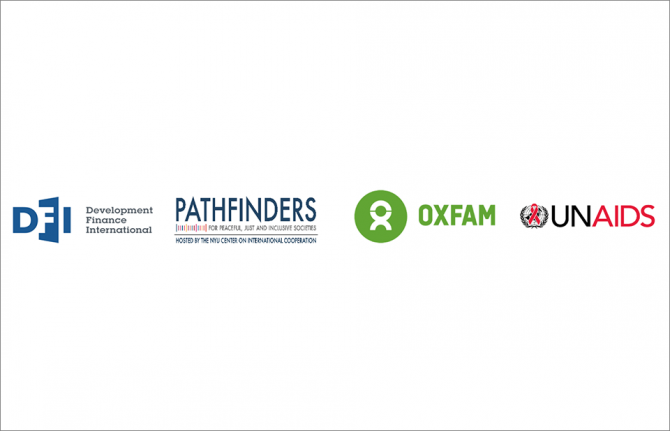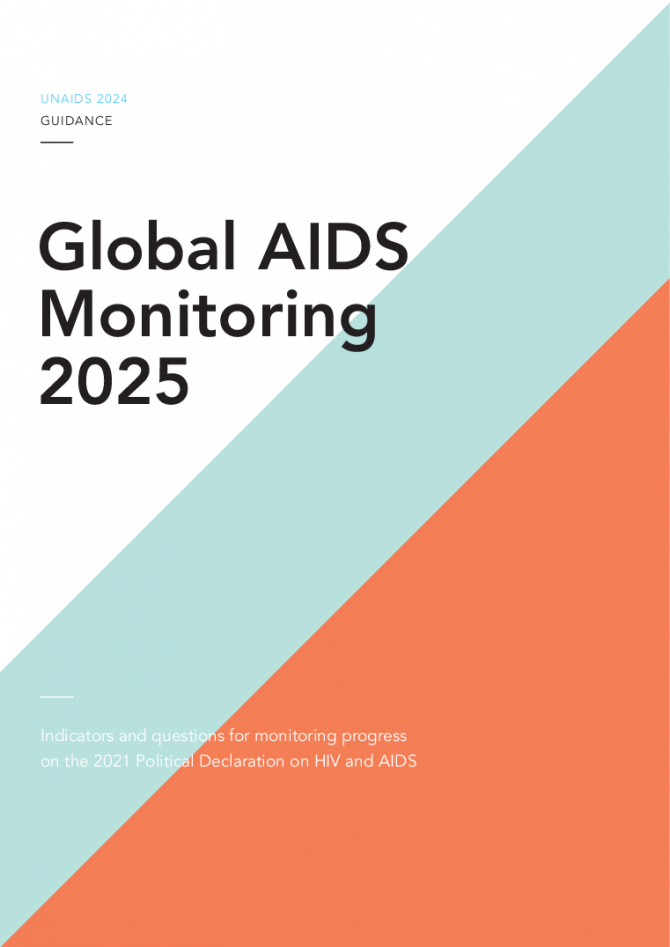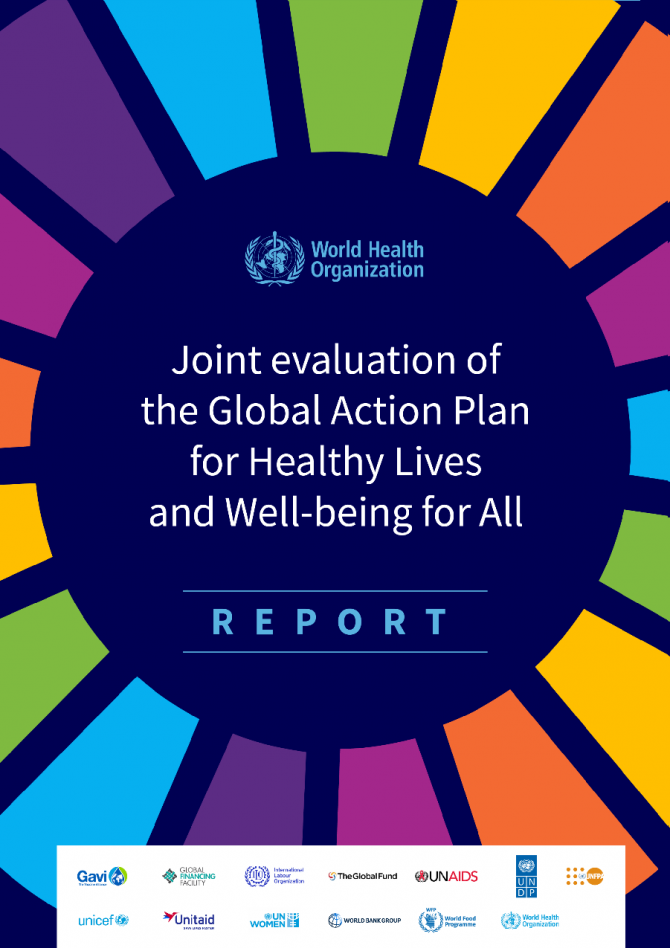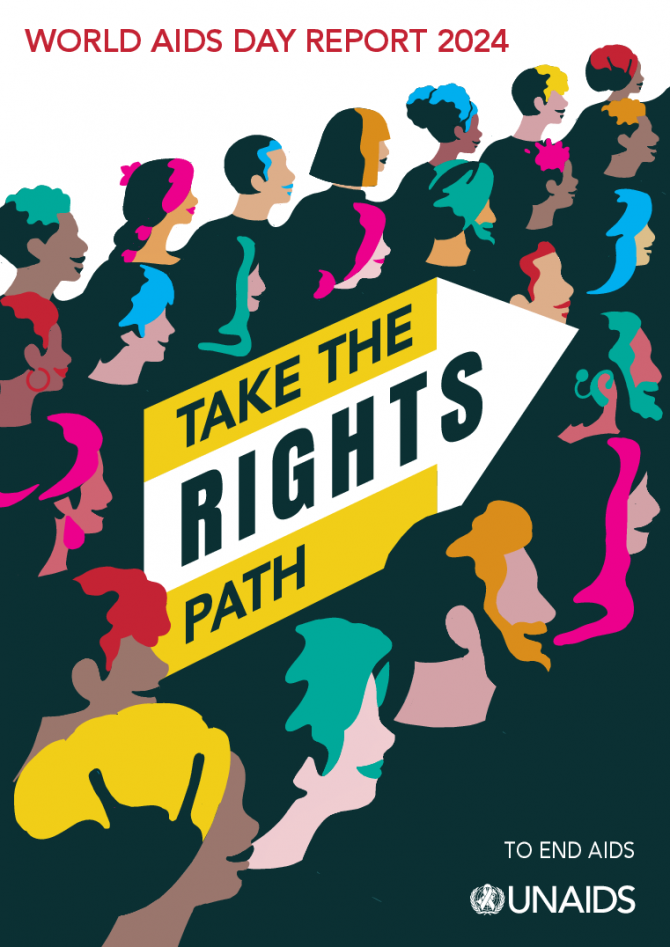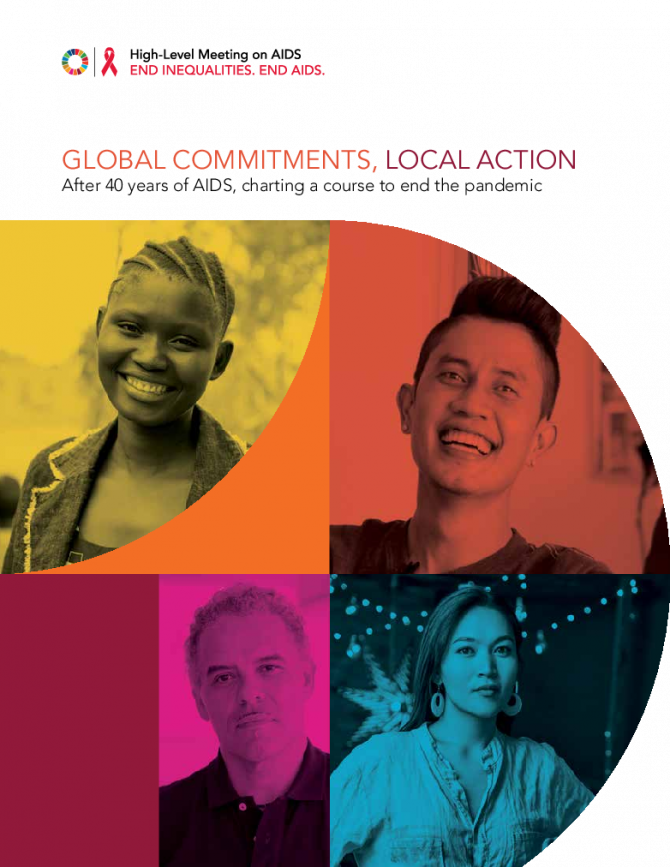AIDS and the Sustainable Development Goals
A core principle of the 17 Sustainable Development Goals (SDGs), and of the AIDS response, is that no one should be left behind. The AIDS epidemic cannot be ended without the needs of people living with and affected by HIV, and the determinants of health and vulnerability, being addressed. People living with HIV often live in fragile communities and are frequently discriminated against, marginalized and affected by inequality and instability—their concerns therefore must be at the forefront of sustainable development efforts.
The AIDS response has advanced the right to health, gender equality, human rights, employment and social protection. It has addressed entrenched social norms, social exclusion and legal barriers that undermine health and development outcomes, and its investment approach is increasingly being adopted to accelerate gains across global health and development.
The United Nations system, including UNAIDS, works towards achieving the entire SDG agenda, which include 10 SDGs that are particularly relevant to the response to AIDS.
Ten SDGs for ending AIDS
Goal 1: end poverty
Poverty can increase vulnerability to HIV infection. The unequal socioeconomic status of women affects their ability to prevent or mitigate the effects of HIV. Households affected by HIV are more vulnerable to falling into and remaining in poverty. Economic empowerment and social protection can reduce poverty and HIV vulnerability and help keep people living with HIV healthy.
Read more
The International Labour Organization’s work on HIV and social protection
The World Bank’s Human Capital Project
Goal 2: end hunger
Hunger can increase vulnerability to acquiring HIV by increasing risk-taking behaviour and negatively affecting treatment adherence. Advanced HIV-related illness impairs nutritional status and undermines household food security by reducing productivity. Nutritional support to households and integrated systems to deliver nutritional support and HIV services can prevent the transmission of HIV and enhance health outcomes.
Read more
Goal 3: ensure healthy lives
Lack of universal health coverage, including sexual and reproductive health services and harm reduction for people who inject drugs, restricts access to HIV prevention and treatment. Most people acquiring HIV infection acquire it through sexual transmission or transmission from mother to infant during pregnancy, childbirth or breastfeeding. HIV-sensitive universal health coverage can play a vital role in promoting health equity, while integration with rights-based services for sexual and reproductive health, noncommunicable diseases, hepatitis, tuberculosis and other conditions can improve broader health outcomes. SDG 3 includes the promise made by Member States to achieve the end of AIDS by 2030 (target 3.3).
Read more
UNAIDS’ guide on HIV and universal health coverage
The World Health Organization and HIV
The United Nations Population Fund’s work on HIV
The United Nations Office on Drugs and Crime’s work on HIV among people who inject drugs
The World Bank and universal health coverage
Goal 4: ensure quality education
The majority of adolescents and young people globally do not have accurate and comprehensive knowledge about HIV. HIV-related illnesses impede learner attendance and education outcomes, as does stigma and discrimination in school settings. Teachers and education staff are also impacted. National education sectors can make schools safer, healthier and more inclusive places for learners and teachers living with and affected by HIV. They can also make a transformative impact in the lives of young people by providing them with quality comprehensive sexuality education, which empowers them with the knowledge and skills they need to make responsible and informed health decisions, to improve their self-esteem and to change harmful attitudes and gender and social norms.
Read more
The United Nations Population Fund’s work on HIV and young people
The United Nations Children’s Fund’s work on HIV and among young people
UNAIDS’ work to engage young people
Goal 5: achieve gender equality
Gender inequalities, discrimination, violence and harmful practices negatively affect women, girls, men and boys and increase the risk of HIV infection and its impact. HIV is the leading cause of death among women of reproductive age (15–44 years old). Women living with HIV often face increased violence. Stigma and discrimination against women who inject drugs, as well as gender-based violence and abuse, increases their risk of contracting HIV, tuberculosis, viral hepatitis and sexually transmitted infections. Gender-transformative HIV programmes that engage men can reduce violence and empower women, while integration of rights-based services for HIV and sexual and reproductive health increases service uptake and impact.
Read more
The United Nations Population Fund’s work on HIV
The United Nations Office on Drugs and Crime’s work on addressing the needs of women who use drugs
Goal 8: promote economic growth
Safe and secure work environments facilitate access to HIV services, especially for workers in informal employment, such as undocumented migrants and sex workers. Through the work environment, HIV prevention, treatment, care and support services reach mobile workers, migrant workers, lesbian, gay, bisexual, transgender and intersex workers, mine workers and other vulnerable workers. People living with HIV can experience unemployment rates three times higher than national unemployment rates. Addressing HIV in the world of work and protecting labour rights can help to ensure that people living with and affected by HIV enjoy full and productive employment.
Read more
UNAIDS’ work with the private sector
The International Labour Organization’s work on HIV and the world of work
Goal 10: reduce inequality
Income inequality is linked to higher HIV prevalence. HIV affects vulnerable and disempowered communities most severely. Stigma and discrimination against key populations is a major contributor to high HIV prevalence among them and is linked to lower access to health care and housing. Protection against discrimination, alongside legal services, rights literacy, access to justice and international protection, can empower people to claim their rights and enhance access to HIV services.
The Global Commission on HIV and the Law is an independent body, convened by the United Nations Development Programme on behalf of UNAIDS. The Global Commission on HIV and the Law undertook 18 months of extensive research, consultation, analysis and deliberation. Its sources included the testimony of more than 700 people most affected by HIV-related legal environments from 140 countries, in addition to expert submissions and the large body of scholarship on HIV, health and the law.
Read more
UNAIDS’ work on HIV and human rights
The United Nations Development Programme’s work on HIV and health
The United Nations Population Fund’s focus on inequality in the response to HIV
Goal 11: make cities safe and resilient
HIV especially affects cities and urban areas, with 200 cities accounting for more than one quarter of the world’s people living with HIV. With rapid urbanization, many cities contend with growing HIV epidemics; people living in slums often acquire HIV at higher rates than the rest of the city. City-led local AIDS responses support positive social transformation by strengthening health and social systems to reach the most marginalized people.
Read more
Goal 16: promote peaceful and inclusive societies
Exclusion, stigma, discrimination and violence fuel the HIV epidemic among adults and children. The AIDS response, led by people living with and affected by HIV, has demanded access to justice and pioneered people-centred accountability mechanisms, providing lessons on which to build. Participatory governance, which includes community-led responses, can drive more relevant, rights-based programmes and stronger accountability for health and development.
Read more
The work of the Office of the United Nations High Commissioner for Refugees on HIV and emergencies
The World Food Programme’s work on HIV in emergencies
The International Organization for Migration’s work on HIV and mobility
Goal 17: strengthen means of implementation
Global collective action to improve access to affordable HIV commodities is critical to ending the AIDS epidemic. The HIV movement has led advocacy for the reform of patent laws and regulatory systems, full use of the Agreement on Trade-Related Aspects of Intellectual Property Rights (TRIPS) flexibilities, monitoring free-trade agreement negotiations and taking legal action. Efforts to secure affordable HIV commodities, including second- and third-line medicines, can benefit wider health and equity agendas, including for tuberculosis, hepatitis C and noncommunicable diseases. Partnerships are critical to the SDG agenda and the AIDS response has been at the forefront of developing innovations in this area, particularly with civil society and communities.
Read more
The resources available for the AIDS response
“The Sustainable Development Goals are connected by the idea of leaving no one behind. In each country and every constituency, we need to define who those are and put them at the centre.”
Amina Mohammed, United Nations Deputy Secretary-General


Hunger stops people living with HIV taking their treatment and increases vulnerability to HIV.

With more than 60% of people in need on HIV treatment, the world is getting closer to ending AIDS by 2030.



HIV-related opportunistic infections are reduced where people can access even basic sanitation.

Street lighting can help ensure that vulnerable people are safe at night.


New innovations are changing the face of the AIDS response.

Where discriminatory laws, policies and practices are removed, barriers to HIV services are broken down.

Cities are taking the lead in the AIDS response.

Developing countries are building their scientific and technological capacities to manufacture HIV tests and medicines.

Climate change often impacts vulnerable people, including people living with HIV, the most.

Access to justice helps stop the exclusion, stigma, discrimination and violence that fuel the HIV epidemic.

The world is working in partnership to meet the commitment to end AIDS by 2030.

